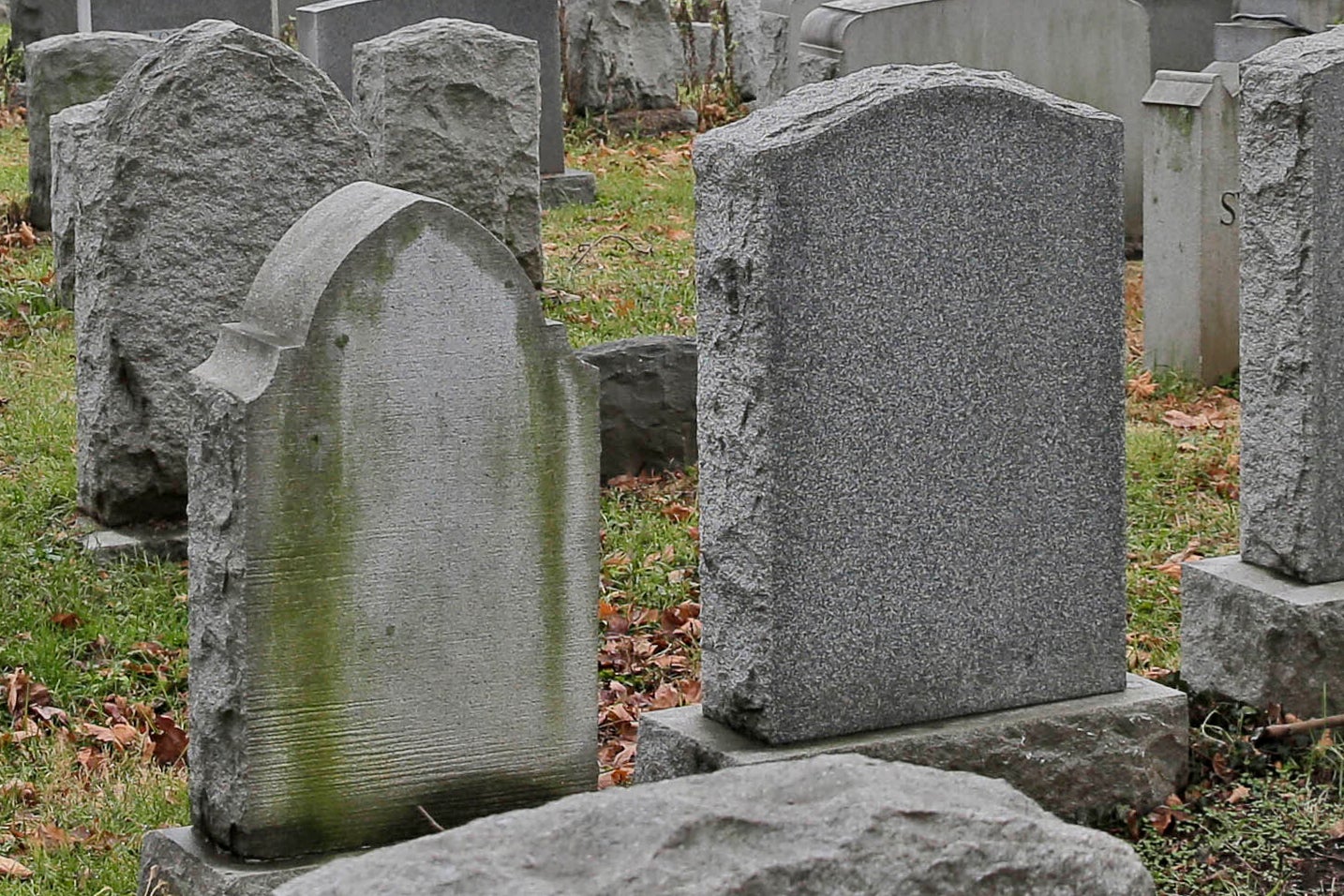US suicide rate fell last year after decade of steady rise
The U.S. suicide rate fell slightly last year, the first annual decline in more than a decade

Your support helps us to tell the story
From reproductive rights to climate change to Big Tech, The Independent is on the ground when the story is developing. Whether it's investigating the financials of Elon Musk's pro-Trump PAC or producing our latest documentary, 'The A Word', which shines a light on the American women fighting for reproductive rights, we know how important it is to parse out the facts from the messaging.
At such a critical moment in US history, we need reporters on the ground. Your donation allows us to keep sending journalists to speak to both sides of the story.
The Independent is trusted by Americans across the entire political spectrum. And unlike many other quality news outlets, we choose not to lock Americans out of our reporting and analysis with paywalls. We believe quality journalism should be available to everyone, paid for by those who can afford it.
Your support makes all the difference.The U.S. suicide rate fell slightly last year, the first annual decline in more than a decade, according to new government data.
It’s a small decrease and the data is preliminary, but the decline is “really exciting,” said Dr. Christine Moutier, chief medical officer of the American Foundation for Suicide Prevention.
The fall may be partly due to years of suicide prevention efforts, like increasing mental health screenings, she said. Other factors, like the pre-pandemic economy, might also have played a role, she added.
Experts aren't sure how the coronavirus will influence this year's suicide numbers, though American mortality overall is looking far bleaker.
Suicides had been on the rise since 2005. In 2018, the national suicide rate hit its highest level since 1941 — 14.2 per 100,000 people. The Centers for Disease Control and Prevention posted new death rate data this week showing that for 2019, it dropped to 13.9.
Drug overdoses rose in 2019, and deaths from falls were up, too. But death rates for the nation's two biggest killers — heart disease and cancer — were down, as were death rates for flu, chronic lung disease and Alzheimer's disease. The firearm death rate was flat, probably because the small decline in suicides was offset by a slight uptick in gun homicides.
When all that is factored together, the U.S. life expectancy calculation for 2019 should stay the same as it was in 2018 or maybe even increase slightly, said Robert Anderson, who oversees death data for the CDC’s National Center for Health Statistics.
“I think 2019 will turn out to be a pretty good year for mortality, relatively speaking,” Anderson said. “2020 will not.”
There have been at least 300,000 more deaths this year than expected, the CDC said this week in a separate report. About two-thirds of those are being attributed directly to COVID-19, but many of the others are believed to be related to the pandemic.
It's not yet clear whether suicides are up this year.
The pandemic sparked a wave of business closures, some temporary and some permanent. Millions of people were forced to stay at home, many of them alone. Surveys suggest more Americans are reporting depression, anxiety and drug and alcohol use. Adding to that dangerous mix, firearm purchases rose 85% in March, when the virus was first surging.
"There are clear forces pressing suicide risk factors in a negative direction,” Moutier said, but that's doesn't mean suicide rates will automatically rise.
There are some “silver linings” to the pandemic, she added. One is increasing acceptance that mental health distress is normal, and that it’s OK to seek counseling. Another is increasing availability of telemedicine.
Anderson noted many COVID-19 deaths have been in the same set of late-middle-aged white people who are considered at high risk for suicide.
“It’s possible that the rise in COVID-19 is sort pushing down the suicide rate,” he suggested.
___
The Associated Press Health and Science Department receives support from the Howard Hughes Medical Institute’s Department of Science Education. The AP is solely responsible for all content.